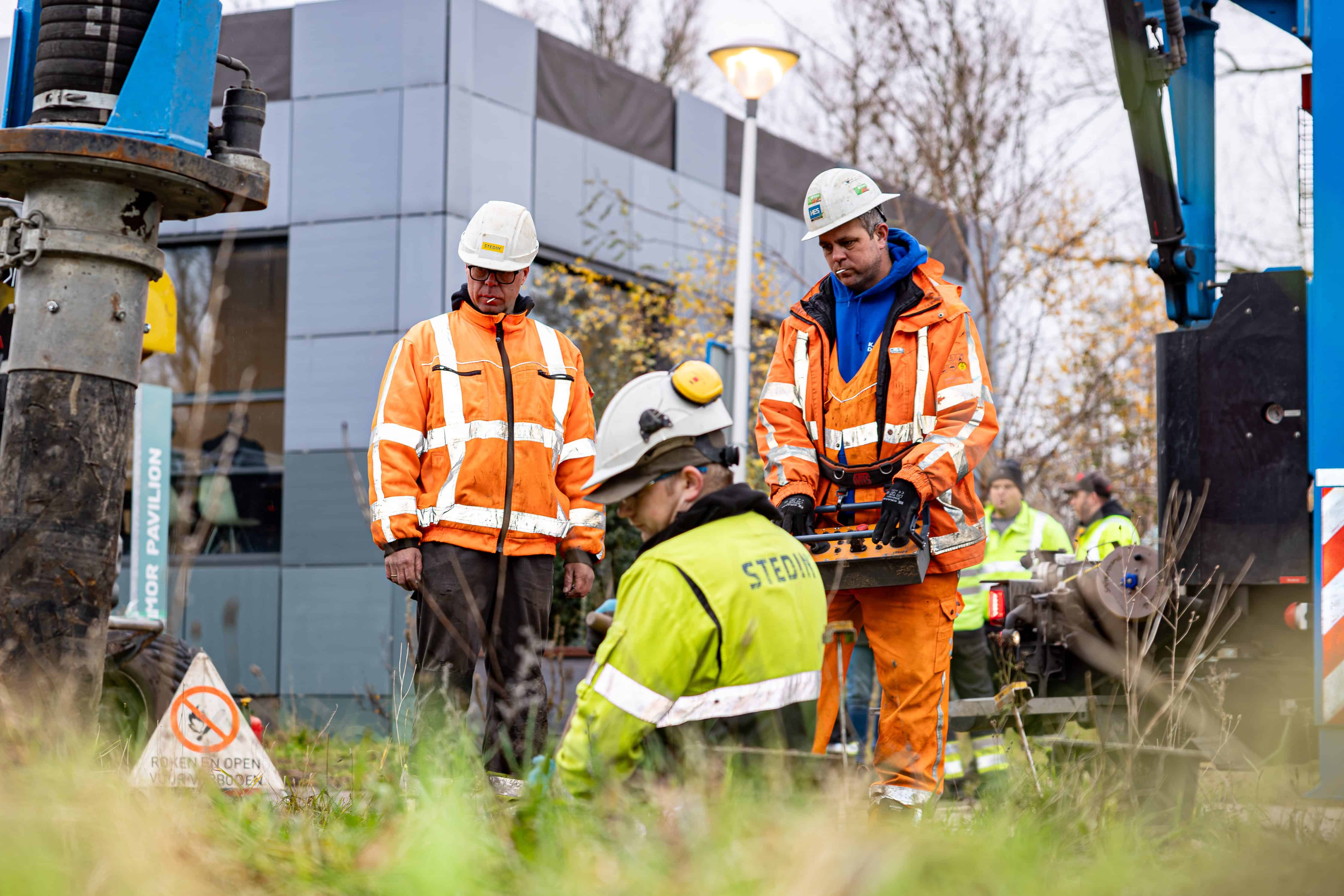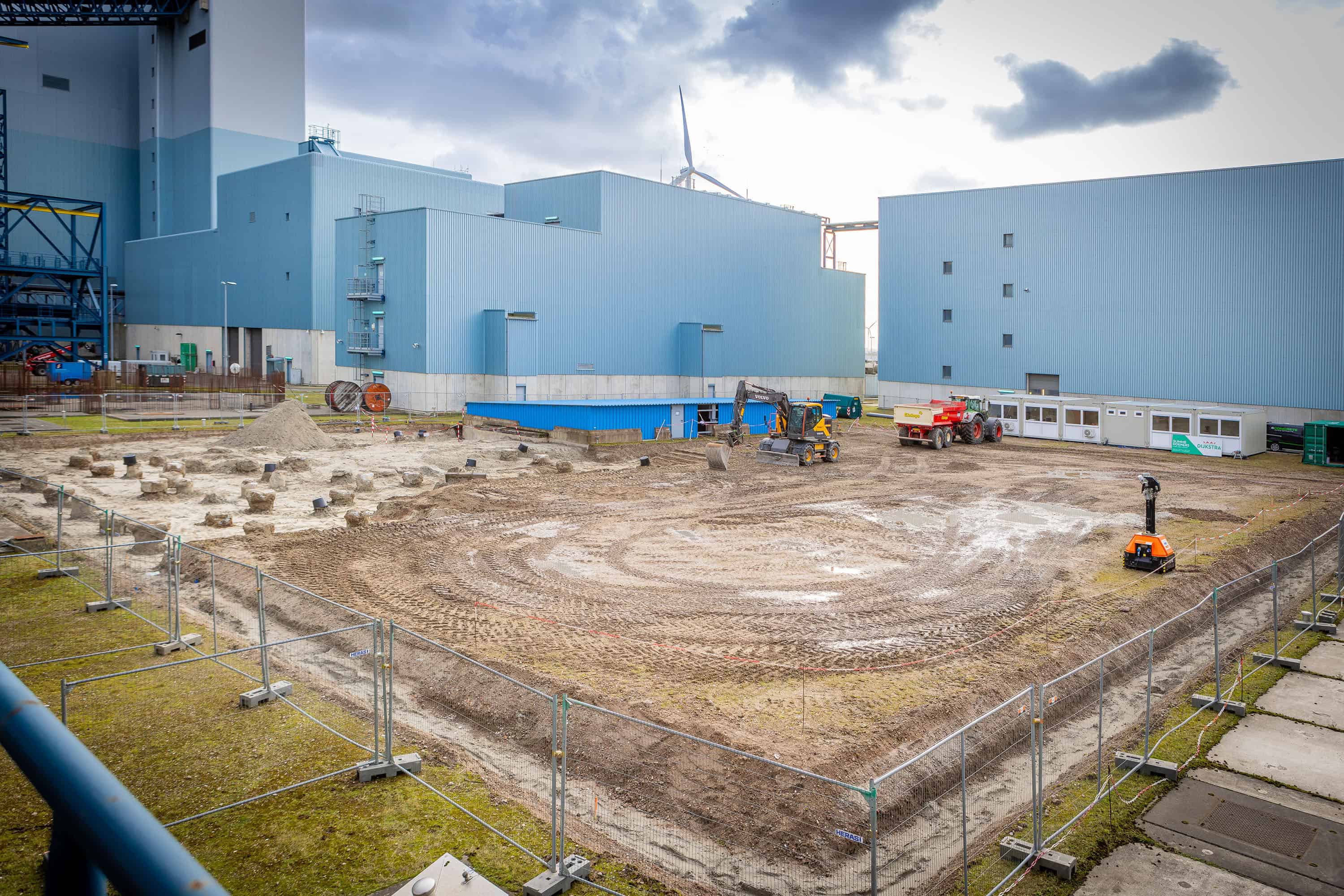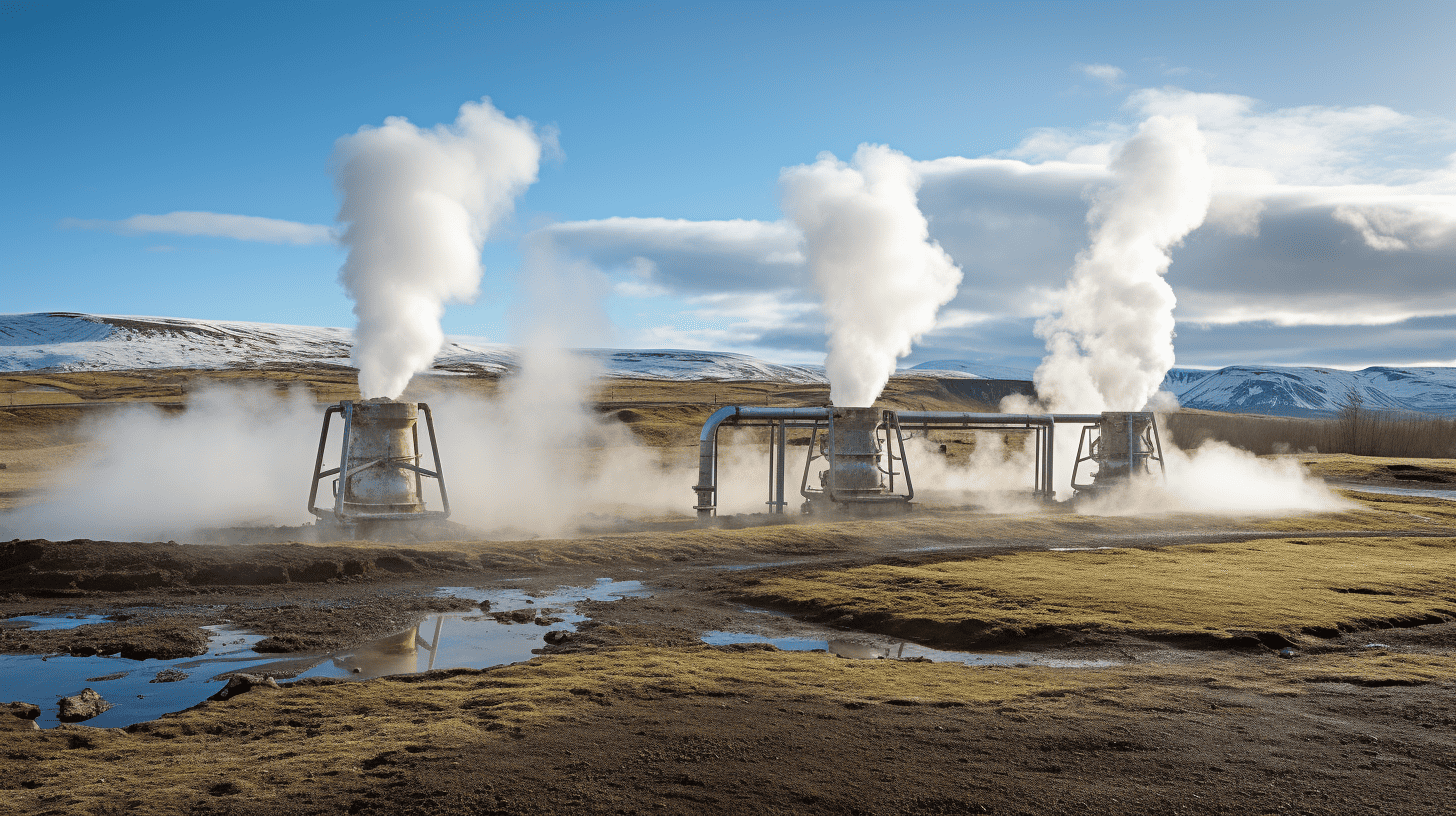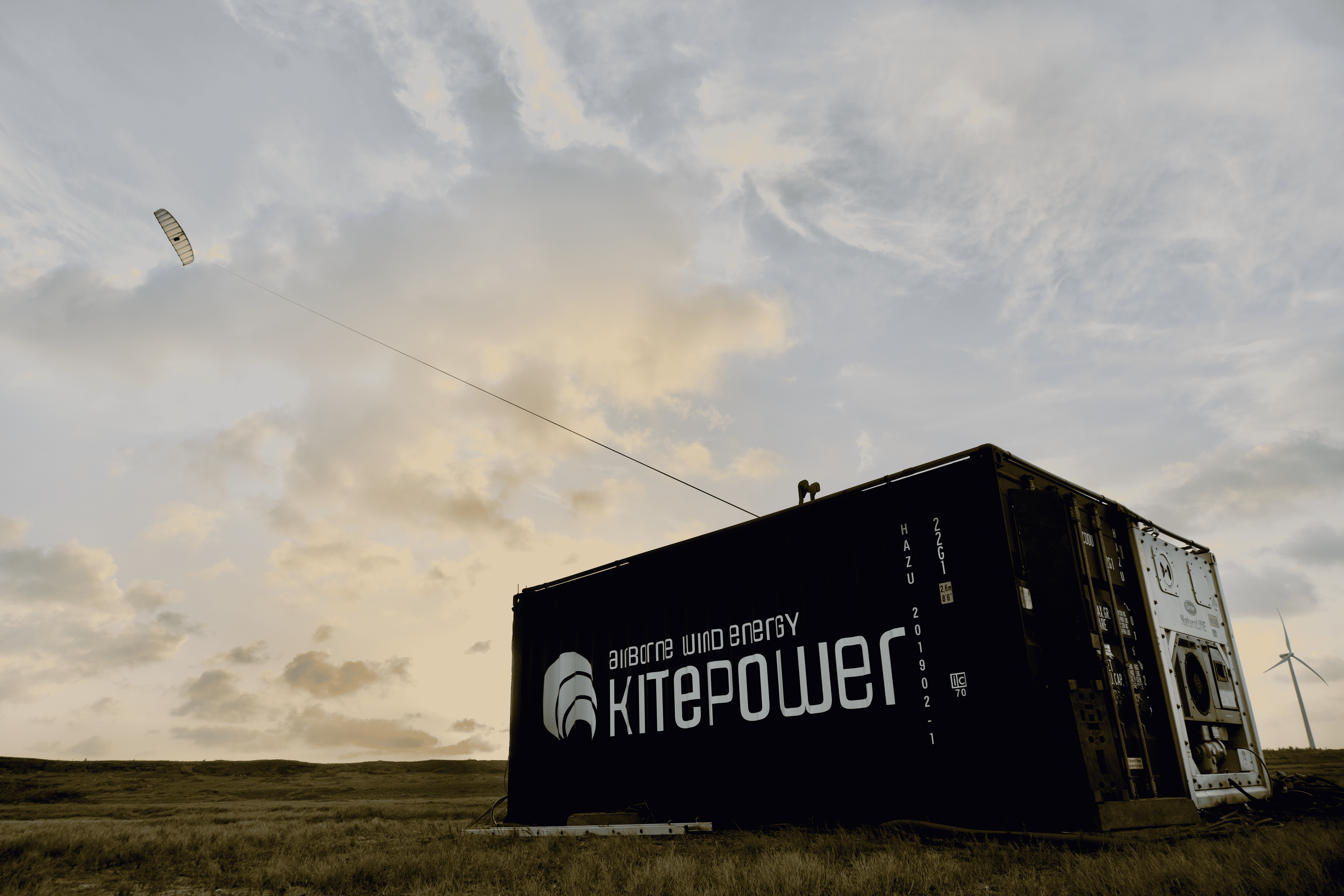
On a farm field on the outskirts of Dirksland, a village in the western part of the Netherlands, there is a kite like no other. It spins in figures of eight, generating power out of the wind.
- Kitepower displayed its innovative energy-generating kite.
- Made of four components, the device can be easily transported and produce on-site renewable power.
- The company will soon start a long performance test in Ireland.
Kitepower, the company behind this wind-harnessing kite – that can generate up to 450MWh per year – organized a demonstration to showcase the technology, displaying its full potential. “People could really experience the miracle of airborne energy. By seeing it in real life, the doubts one might have about this technology are addressed. These are usually how it works, if someone is controlling it, and so on. When you see it in action, it all just falls into place and looks quite natural,” says Johannes Peschel, founder and CEO of the company.
The kite’s functioning
The kite system is made out of four components. A ground station – a 20 ft container – converts the kite’s mechanical energy into electricity and keeps rolling the device. From there, a cable connects the unit to the kite, which is attached to a control unit that oversees its movement and communication with the ground station. The 60 m2 kite itself combines ruggedness and low weight, featuring an inflatable part and a fiberglass skeleton. This way, the device can reach heights up to three hundred meters.
The kite does not spin around; the control station makes it move in a way that it closely resembles a figure of eight. This kind of movement allows the device to fly perpendicular to the wind, thus making sure that the kite moves at a higher speed and with improved efficiency. In addition, if the device were to move in circles, the cable would entangle, thus being ineffective.
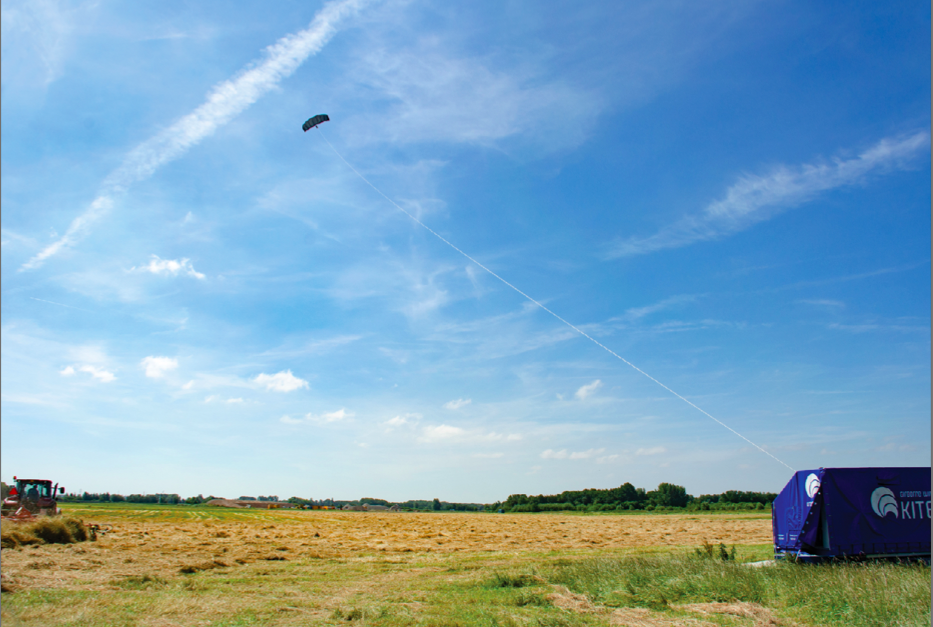
On-site renewable energy
Yearly, the number of installed wind turbines is increasing, representing the standard way to harness wind energy. Yet, wind rotors do not fit all applications, and Kitepower aims to find its niche in the wind energy market. “We have some features that traditional wind turbines do not have. Our system is transportable and can be placed everywhere, achieving on-site renewable power generation with a low footprint. Our big advantage is that we can fly at higher altitudes, meaning that with lower wind speeds, we can still produce power. When the conventional wind turbines stop, we can still operate,” the CEO explains.
The two features turn into the company’s main selling points, which is now focusing on the system’s mobility, catering to all those applications where mobile, on-site power generation is needed. Think of a music festival, for instance. In addition to the kite system, Kitepower also ships a battery to store the produced energy.
Impacts on wildlife
Although virtuous, the high-flying kite sparked a debate about its impact on birds, with multiple concerns coming from environmental associations. Kitepower keeps assessing birds’ activity around its kites, as almost no impact is found by them.
Peschel: “We want to be blended in with wildlife and not disturb anything. The test sites we work on are usually also bird habitats; therefore, we are monitoring birds’ behavior from afar, and we’re investing lots of time to check how the different species behave. So far, I believe it blends quite naturally with the landscape, and birds are not disturbed by it. Volatiles realize the kite’s presence, but they quickly get used to it, so I expect a way lower impact than other comparable technology.”
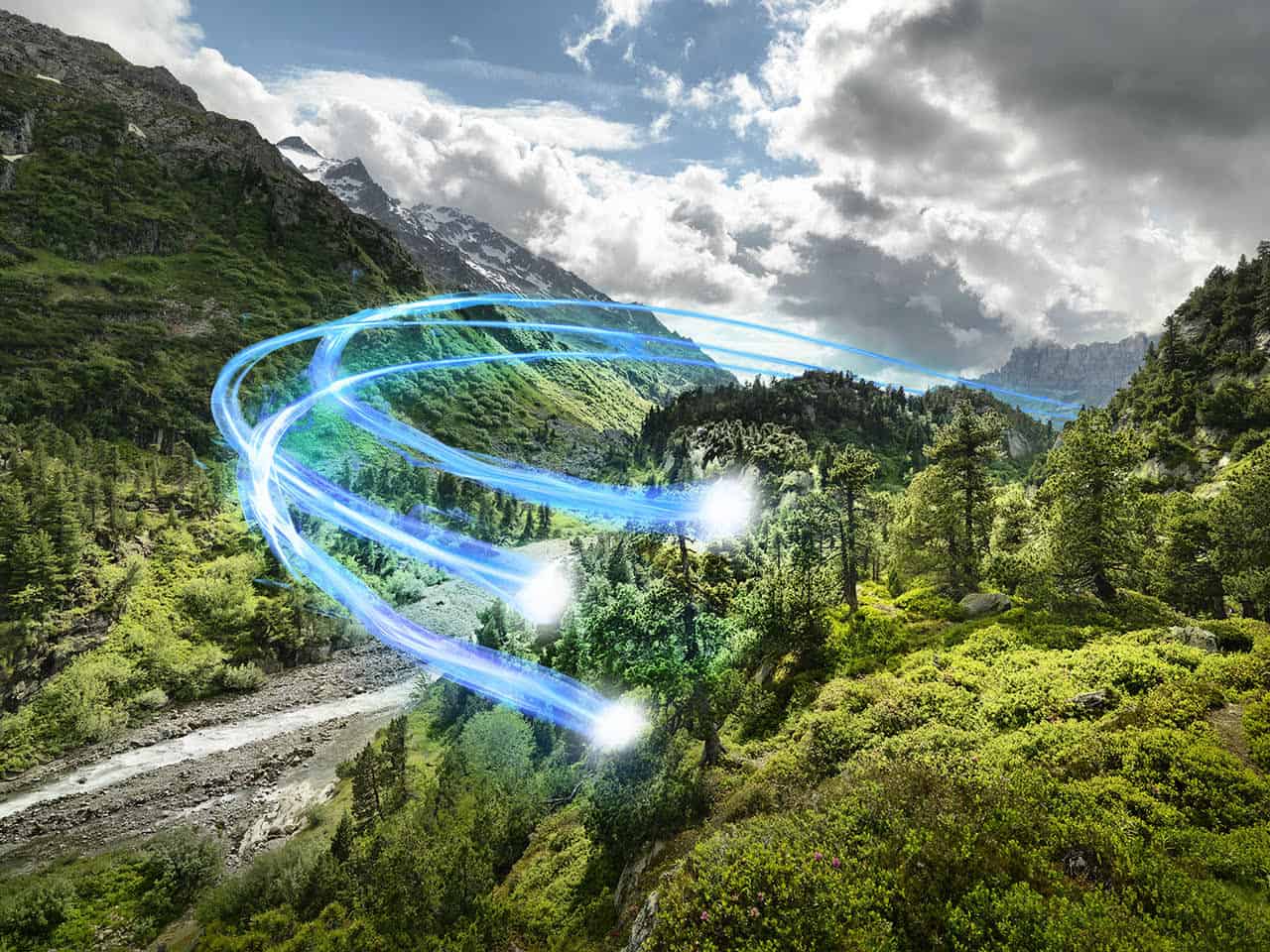
Further tests
Upcoming September, the company will be testing its technology in Ireland at a site operated by the German energy company RWE. One kite will be operated for an extended period of time, so to measure its performance over time in a harsh environment. Following the successful tests in Aruba and the demonstrations in the Netherlands, the company is now embarking on a more stressful test, confronted with tougher weather conditions.
In addition, the company is seeking farmers in the Netherlands to make them try their system. “That is also one of the next steps, installing several systems here, to deliver more green power,” Peschel sums up.



